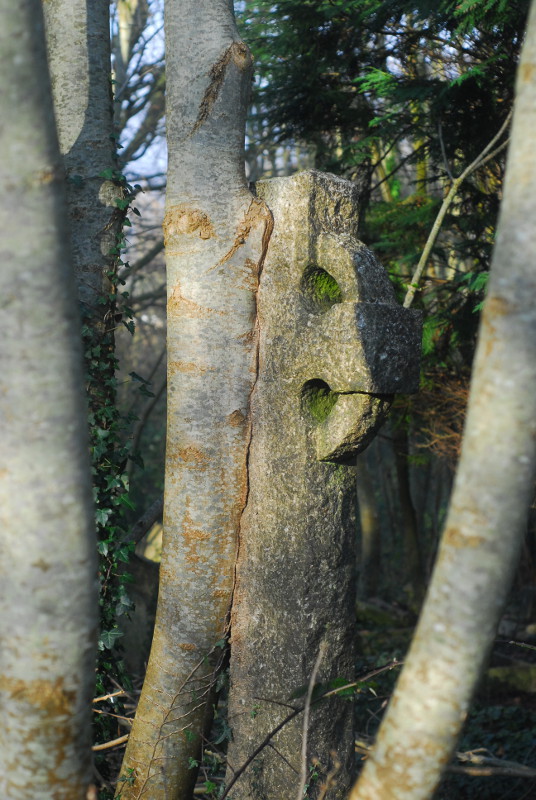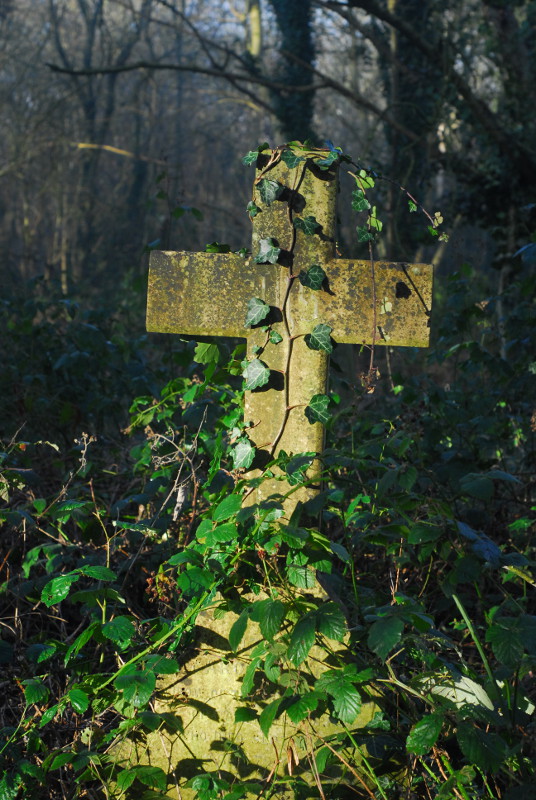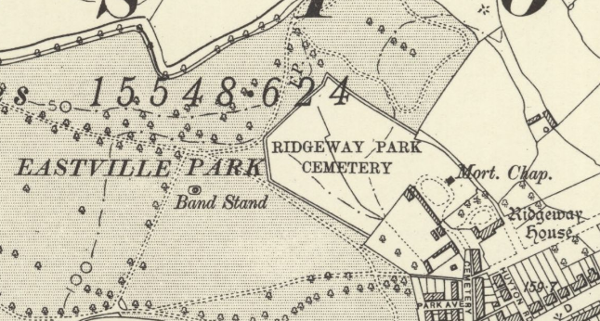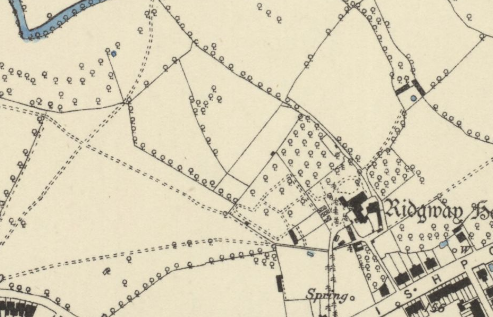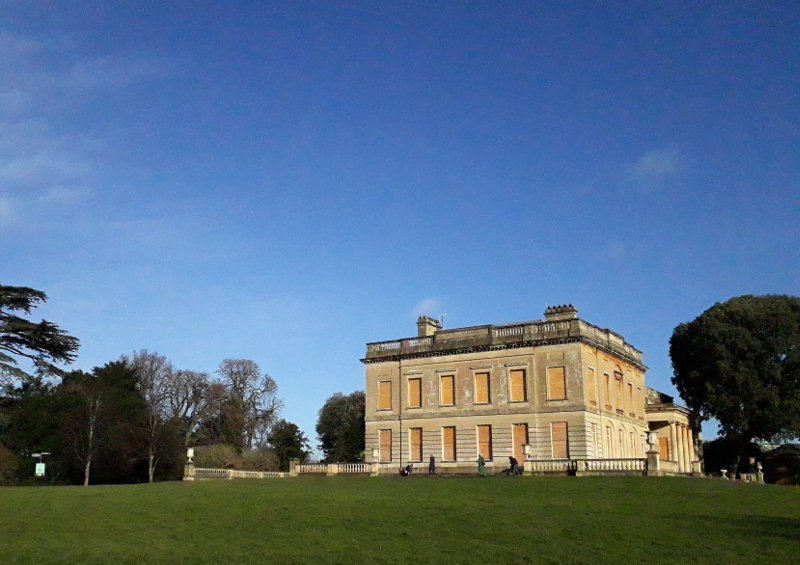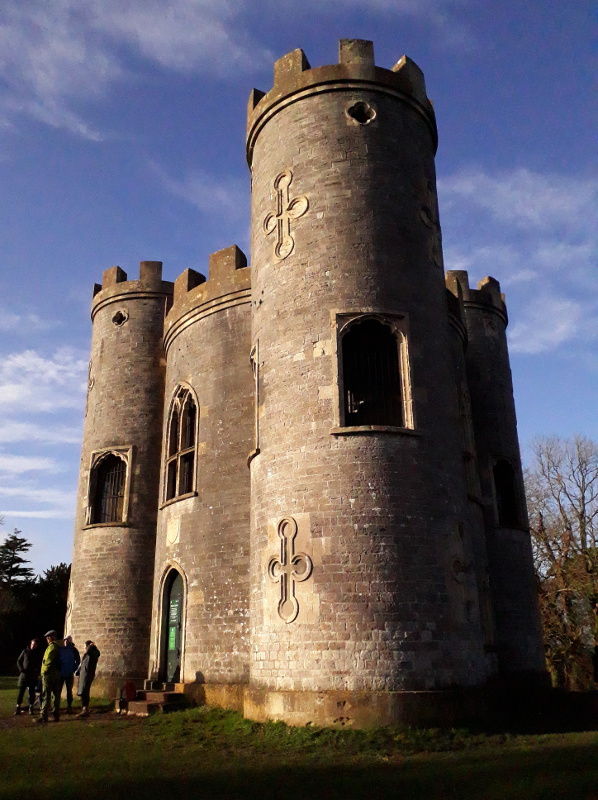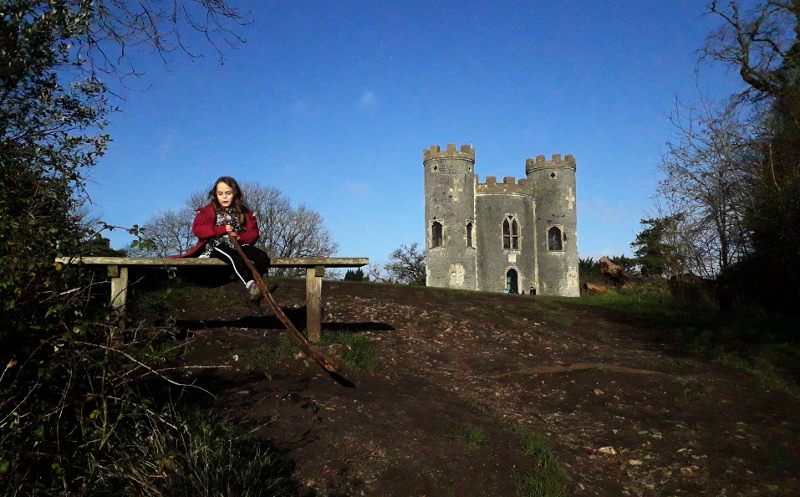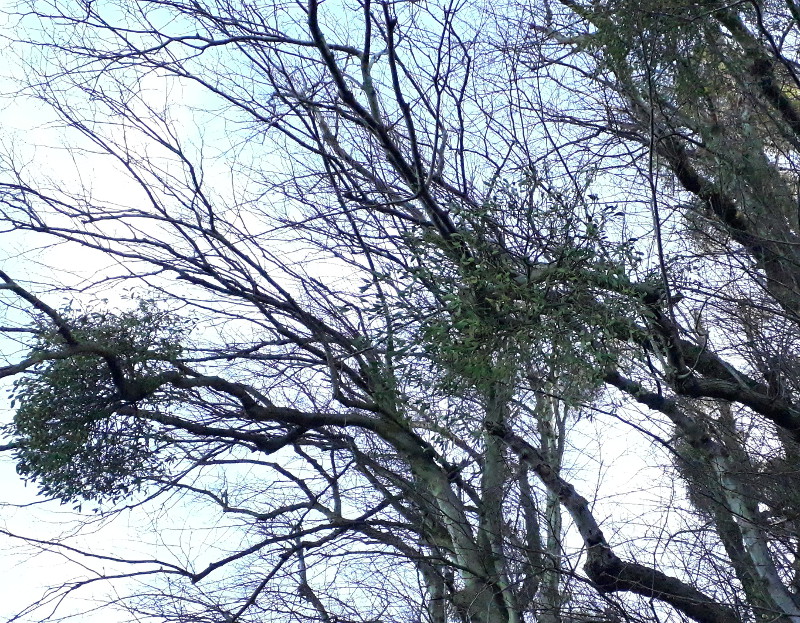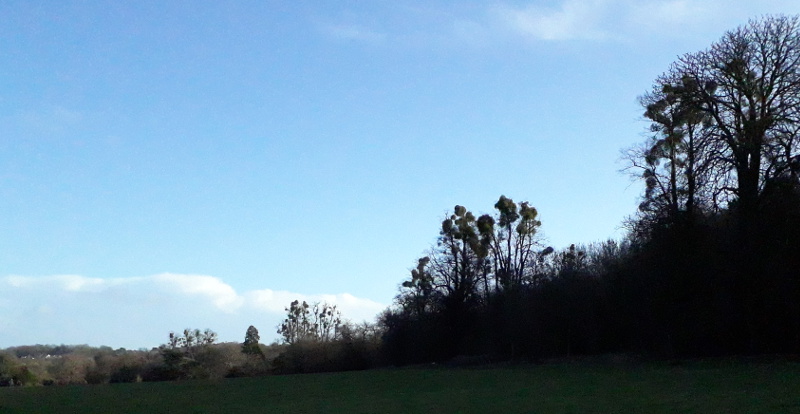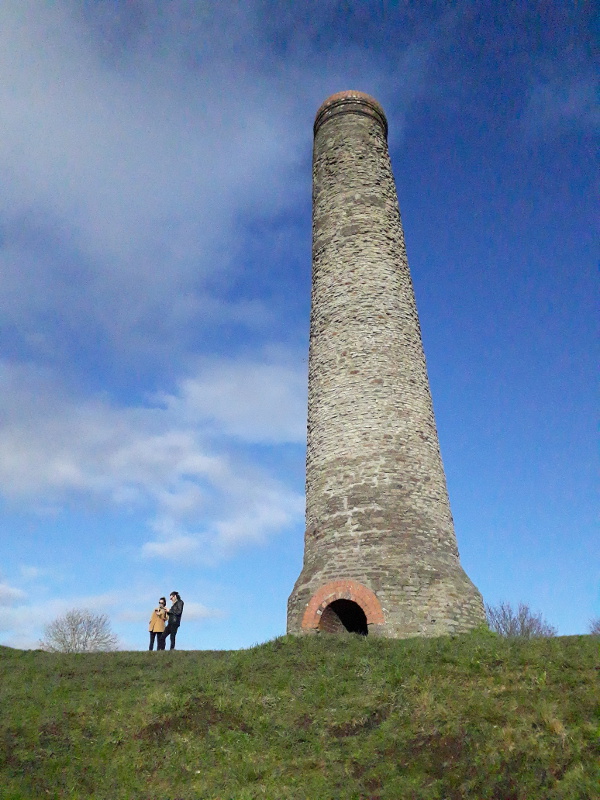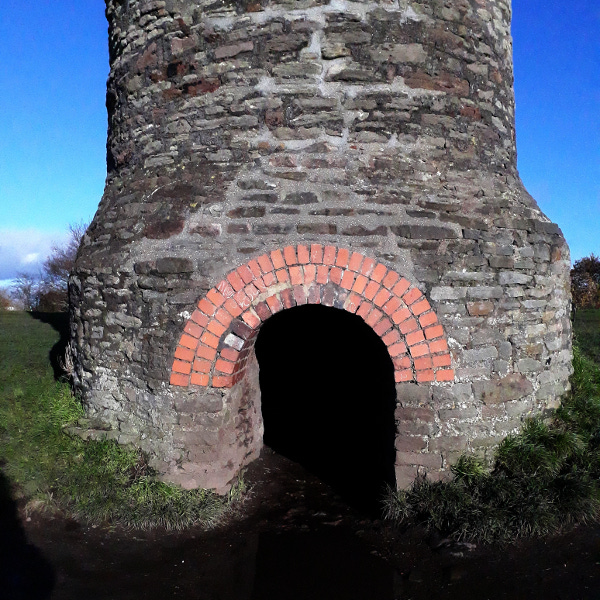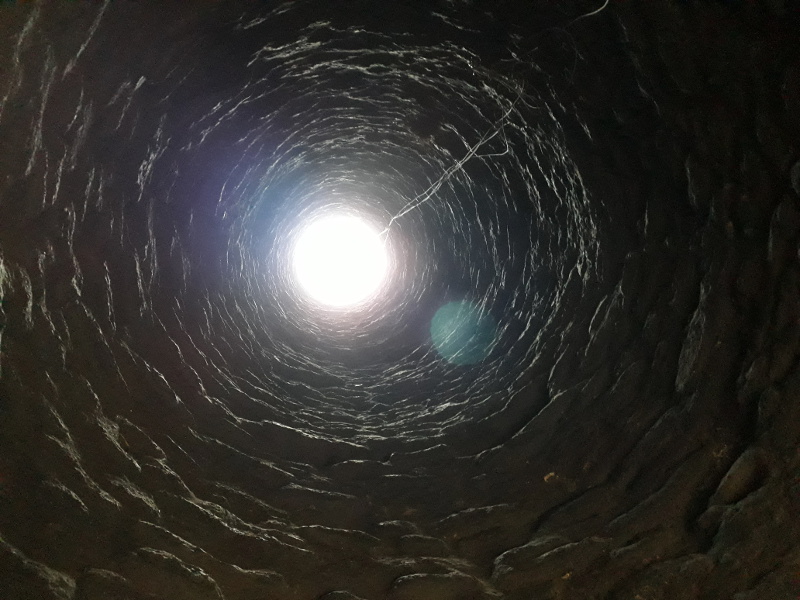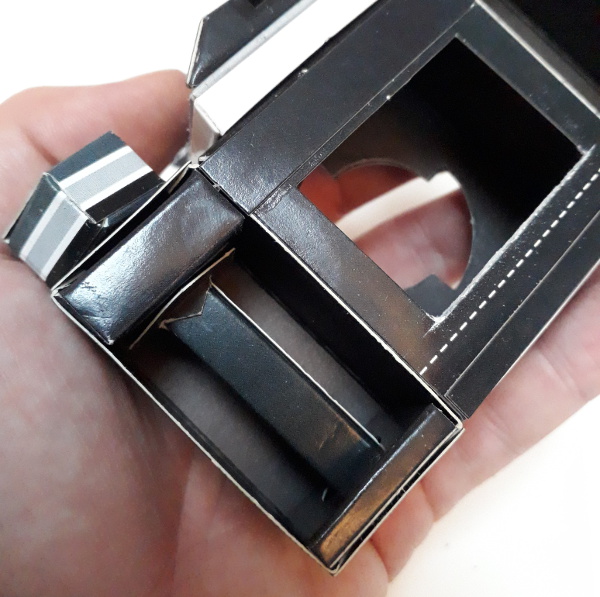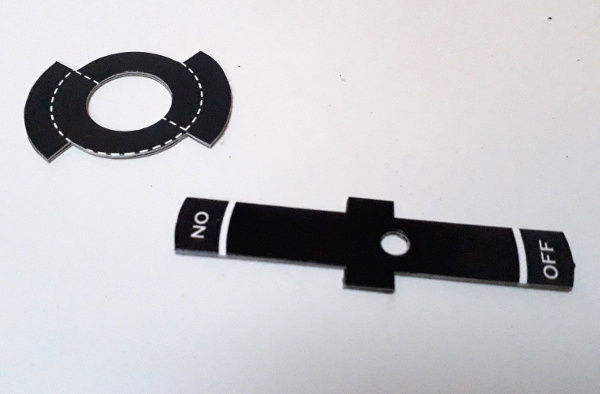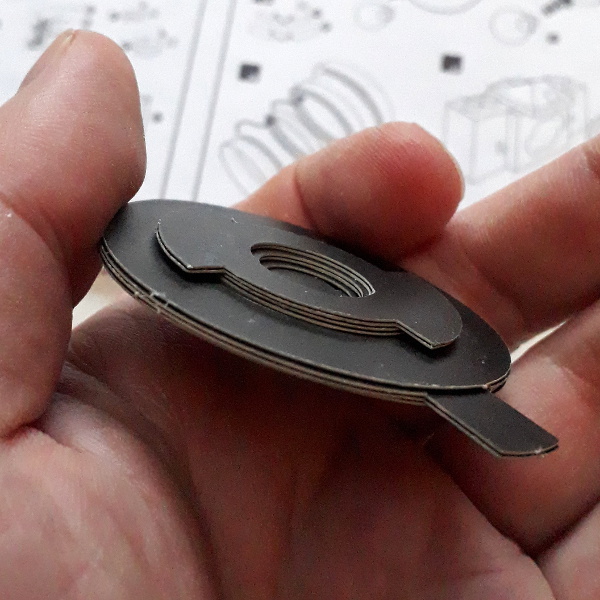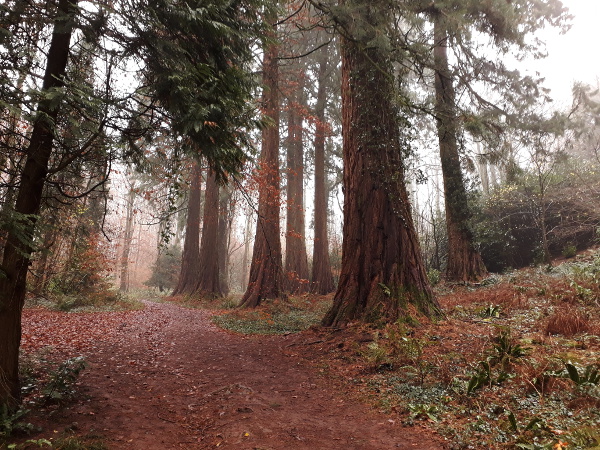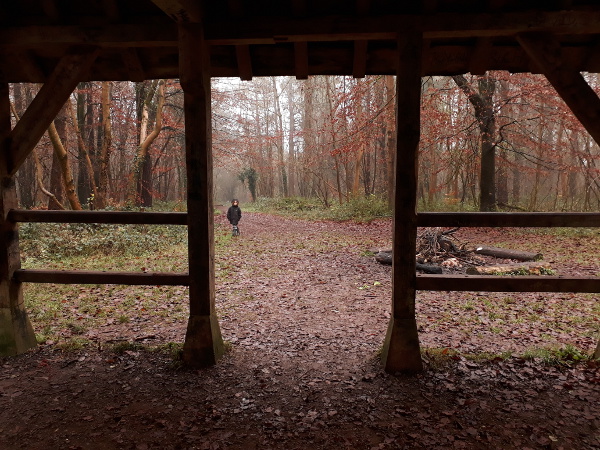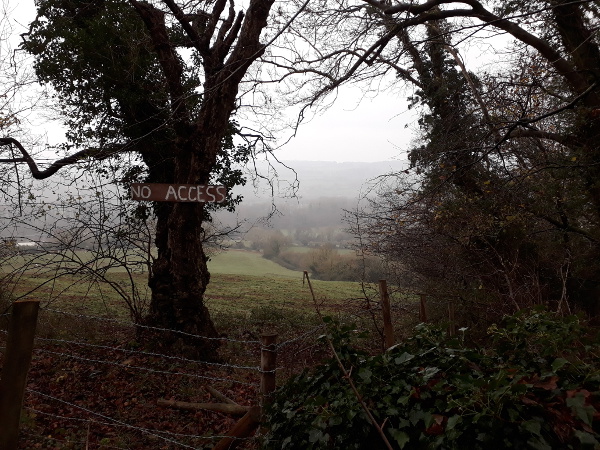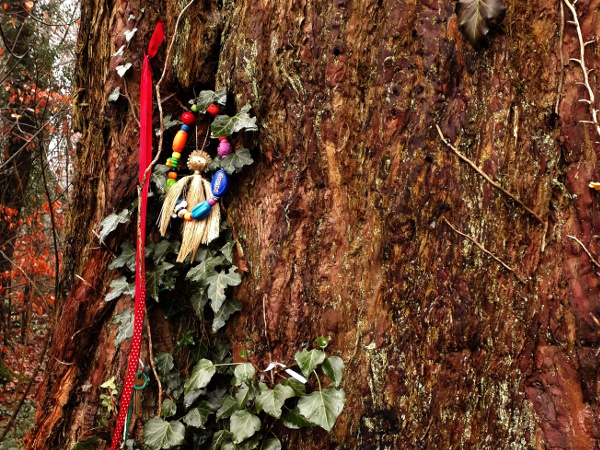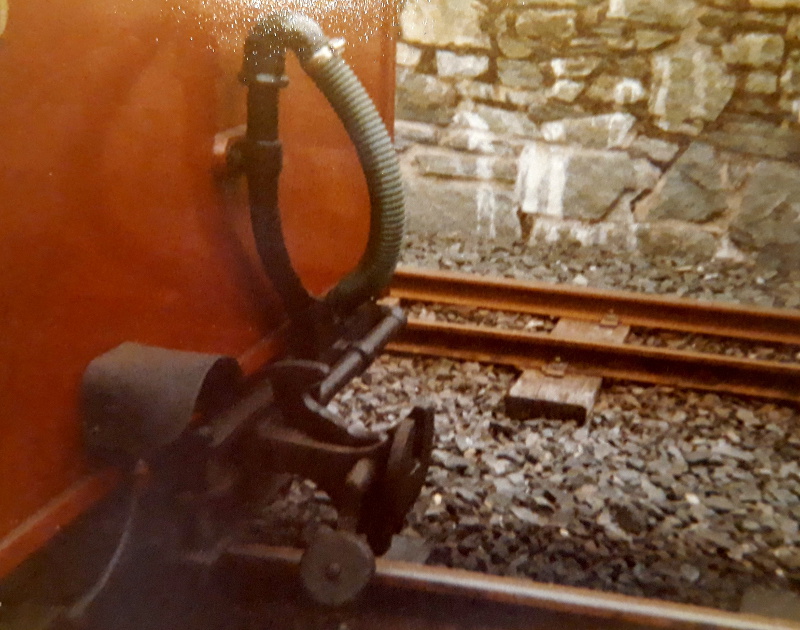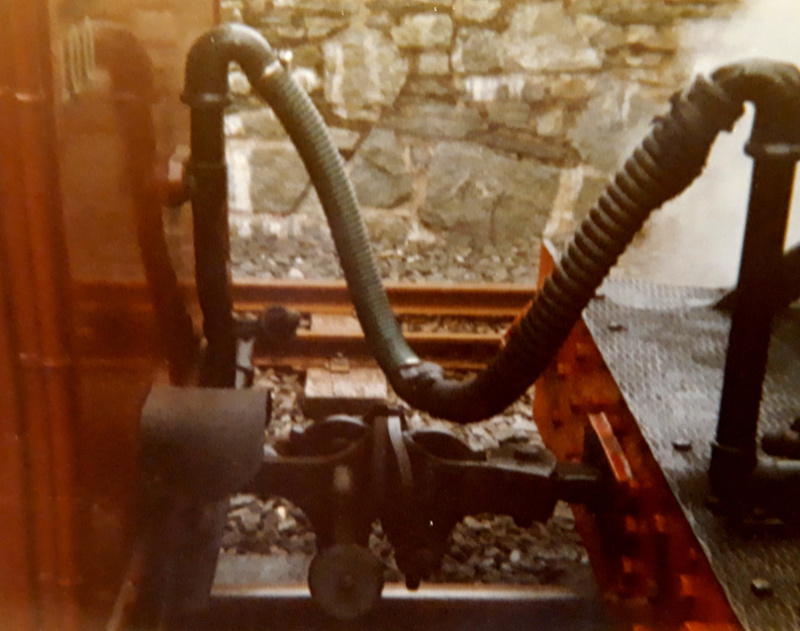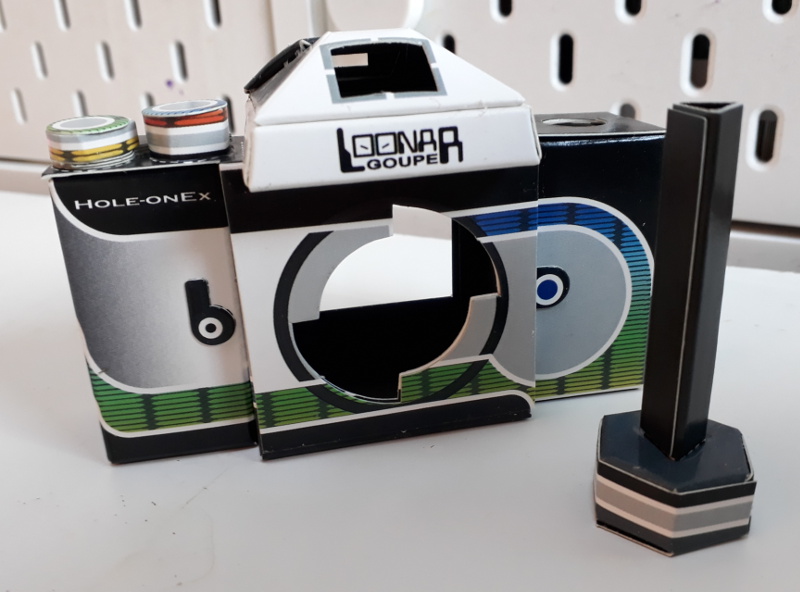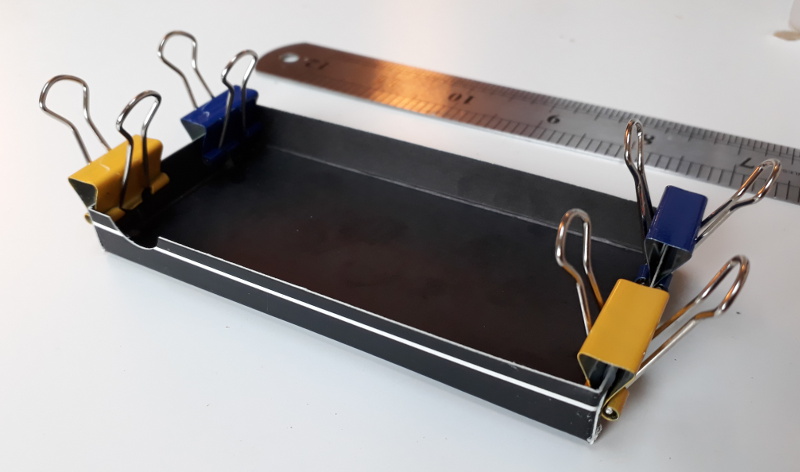Snow day photos of the week
It didn't last long
When the weather forecast says there’s going to be snow I’m always slightly cynical. For one thing, I’m suspicious the forecast always errs on the side of caution when it comes to snow. Secondly, in this part of town, snow falls less and sticks less than on the higher ground of high-altitude suburbs like Clifton and Horfield. In Easton, the snow is rare and quickly turns to slush.
I was slightly surprised, then, when there was about an inch of lying snow when we got up this morning. Given it was fairly surely going to be half-melted by lunchtime, the only thing to do was to head outside straight away.


We headed to a spot that will be very familiar to regular readers: Greenbank Cemetery. Although we were an hour or so before the official opening time, the cemetery was already busy with people who had sneaked through the many, many gaps in the fence. The slopes near the gates were bigger with sledgers, so we headed to the quieter parts where the snows were deeper.
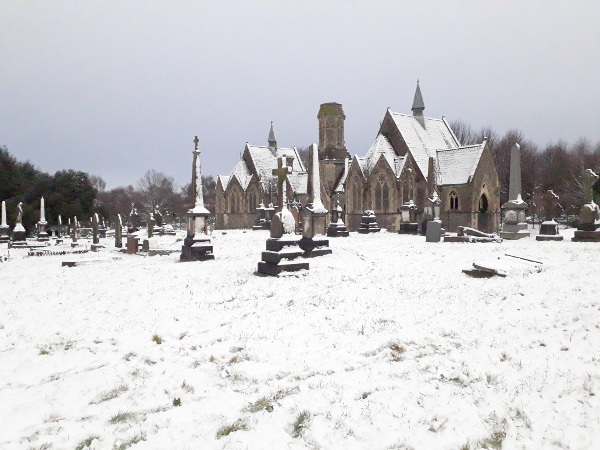
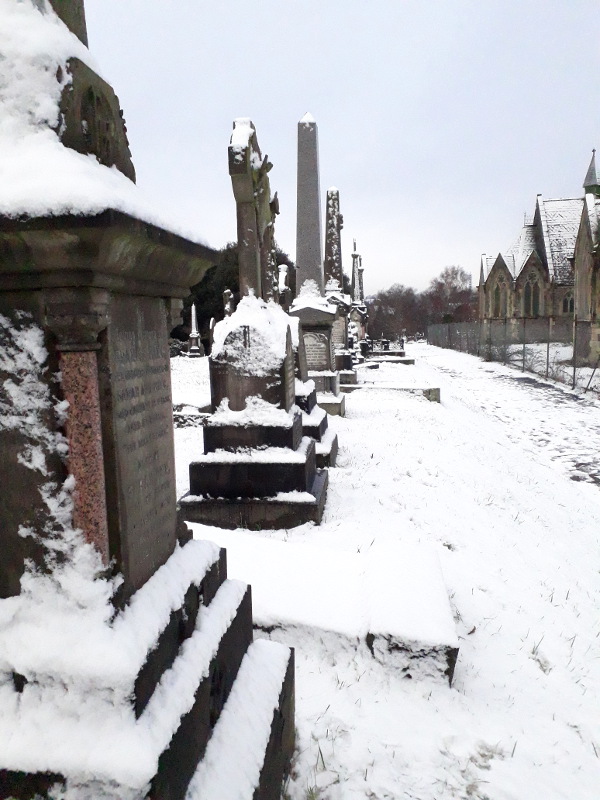
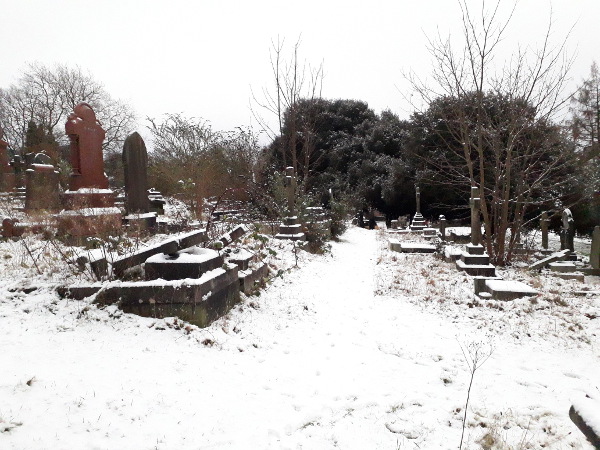
I was quite taken by this piece of Victorian doggerel that I’ve never noticed in the cemetery before.
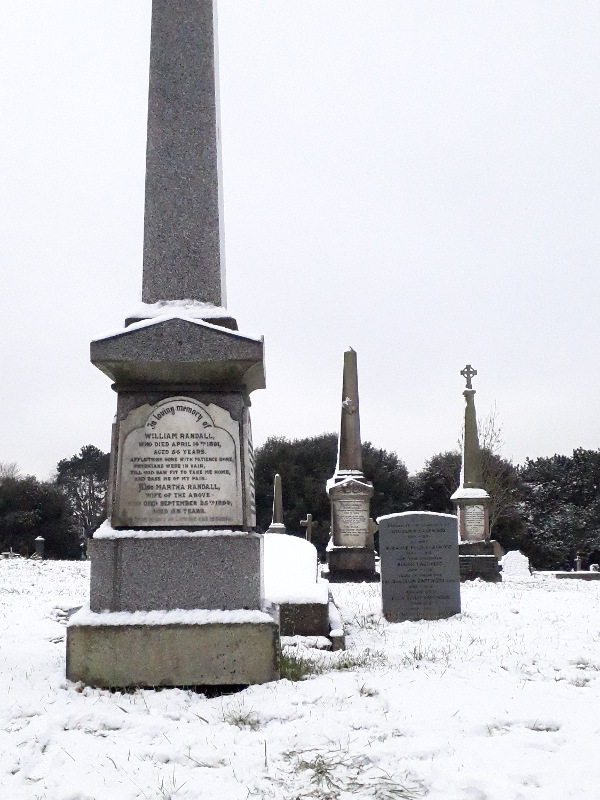
In loving memory of William Randall, who died April 14th 1891, aged 56 years.
Afflictions sore with patience bore,
Physicians were in vain,
Till God saw fit to take me home,
And ease me of my pain.Also Martha Randall, wife of the above, who died September 25th 1894, aged 58 years.
There wasn’t space for an equally awful poem for Martha as well; or for their children, commemorated around the other side.
Beside the cemetery, the nature reserve under the disused Midland Railway viaduct was a bit of a muddy slough. All around us the snow was melting, dripping constantly from the trees.
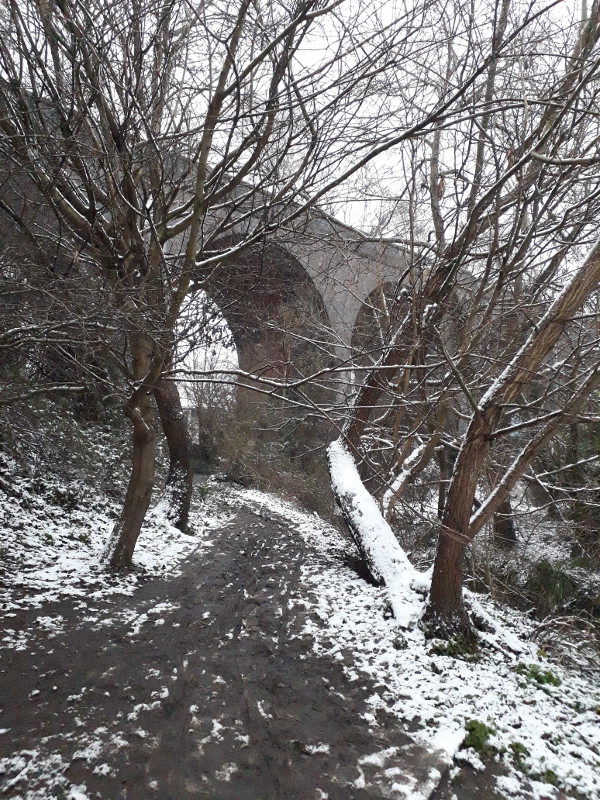
We returned home via the area’s other prime sledging spot, Rosemary Green, a part of town that I’ve been intending to write about here for a while, although in recent years its history has been thoroughly documented by the Bristol Radical History Group, culminating in the book *100 Fishponds Road: Life and Death in a Victorian Workhouse* by Ball, Parkin and Mills. To cut a long story short (if you want the full story go and buy the book): to avoid increasing the council tax poor rate, the board of Eastville Workhouse thought they would save money on funerals by buying a piece of waste ground behind the workhouse, paying the Church of England’s somewhat exorbitant consecration fee, and packing dead residents into mass graves without having to pay for coffins, priests, artisanal gravediggers and the like. Through the second half of the 19th century, probably around 4,000 poor people were buried unmarked in the mass grave. About fifty years ago the workhouse was knocked down to build a housing estate. As the Church disclaimed all responsibility, the bodies were dug up by bulldozer, and the larger bones were pulled out and reburied in a second unmarked mass grave in Avonview Cemetery. The soil and the smaller bones were spread out across the site. Today, Rosemary Green is a pretty and quiet little piece of green space, grass sloping steeply down from the housing estate to a small football pitch at the bottom; but if you were to dig a hole there, you would find the soil is full of small fragments of crushed human bone from thousands of different people.
Today, of course, it was busy with sledging children and snowmen; but it was barely mid-morning and almost all the snow had already been sledged away. By the time we got home, the sound of trickling water in every gutter and drain filled the streets. Mid-afternoon, as I write this, the snow has gone with barely a sign it was here. At least I can share these photos.

 Home
Home





